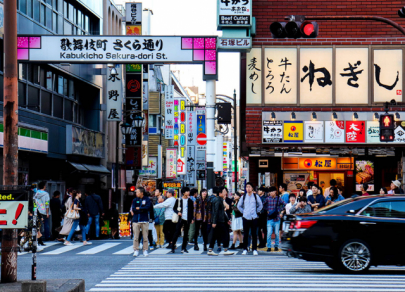
Five modern buildings that required staggering money to construct
Over the past few decades, some buildings that have emerged around the world required humongous sums—over one billion dollars—to construct. These projects stand as symbols of ambition, engineering mastery, and the financial capabilities of their designers. Read about five buildings whose price tags place them among the most expensive projects in history.





































